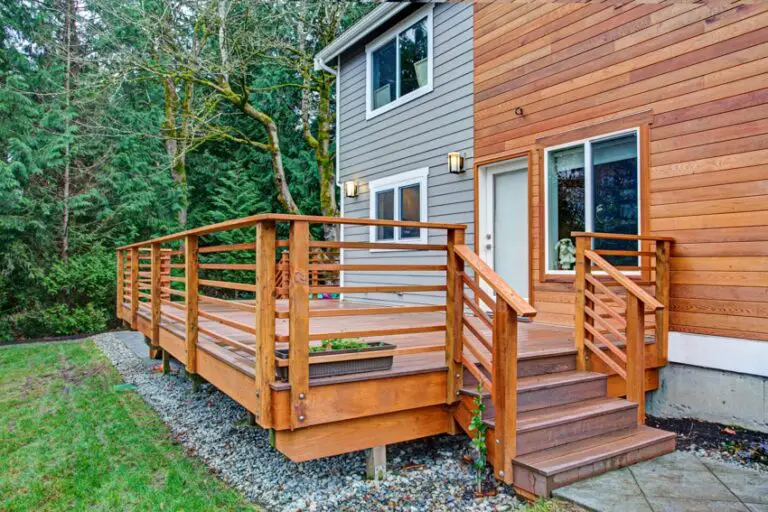What is Composite Wood : The Ultimate Guide
Composite wood, also known as engineered wood, is a versatile and sustainable alternative to traditional solid wood. It is a man-made building material that is designed to look and feel like real wood while offering a range of benefits. Composite wood is created by combining wood fibers, sawdust, or wood particles with binding agents and sometimes other materials such as plastic, resin, or wax. This mixture is then formed into boards or other shapes to be used in construction and woodworking.
Types of Composite Wood
There are several types of composite wood, each with its own characteristics and applications. Some popular types include:
- Particleboard: Made from wood particles bonded together with resin. It is often used for furniture, shelving, and cabinets.
- MDF (Medium-Density Fiberboard): Consists of fine wood fibers combined with resin and formed into panels. It is commonly used for furniture, doors, and decorative molding.
- Plywood: Constructed by layering thin sheets of wood (veneers) together with the grain of each layer rotated perpendicular to the adjacent layer. Plywood is widely used in construction and furniture making.
- Composite Decking: A blend of wood fibers and recycled plastic, used for outdoor decking and railing.
Benefits of Composite Wood
Composite wood offers several advantages over traditional solid wood, making it a popular choice for both professionals and DIY enthusiasts:
| Benefits | Description |
|---|---|
| Durability | Composite wood is engineered to be more resistant to warping, rotting, and decay compared to natural wood, making it ideal for outdoor use and high-moisture environments. |
| Consistency | Unlike natural wood, composite wood exhibits uniform strength and appearance without knots, voids, or other natural defects. |
| Sustainability | Many composite wood products are made from recycled materials, reducing the demand for new lumber and contributing to environmental conservation. |
| Low Maintenance | Composite wood typically requires less maintenance than natural wood, as it does not need to be stained, painted, or sealed to protect against the elements. |
| Versatility | It can be engineered to have specific properties suitable for different applications, such as fire resistance, moisture resistance, or enhanced structural strength. |

Credit: thedgbuilders.com
Applications of Composite Wood
Composite wood has a wide range of applications across various industries due to its versatility and performance attributes:
- Construction: Used for framing, sheathing, flooring, and roofing in residential and commercial buildings.
- Furniture: Commonly employed in the manufacturing of cabinets, tables, chairs, and other indoor and outdoor furniture.
- Doors and Windows: Utilized for making durable and stable door panels, window frames, and sills.
- Decking and Fencing: Provides an attractive and long-lasting alternative to traditional wood for outdoor decks, patios, and fencing.
- Decorative Molding: Used for creating decorative trim, crown molding, and baseboards with consistent quality and appearance.
- Automotive Industry: Employed for interior trim, door panels, and other components in vehicles due to its lightweight and durable nature.
Frequently Asked Questions Of What Is Composite Wood : The Ultimate Guide
What Is Composite Wood Made Of?
Composite wood is made of wood fibers and recycled plastic.
Is Composite Wood Environmentally Friendly?
Yes, composite wood is eco-friendly as it utilizes recycled materials.
How Does Composite Wood Compare To Traditional Wood?
Composite wood is more durable and requires less maintenance.
Can Composite Wood Be Painted Or Stained?
Yes, composite wood can be painted or stained to match your preference.
Conclusion
Composite wood has revolutionized the construction and woodworking industries by offering a durable, sustainable, and versatile alternative to natural wood. Its wide range of applications, coupled with its environmental benefits and low maintenance requirements, make it an appealing choice for both professionals and DIY enthusiasts alike. As technology and innovation continue to advance, composite wood is expected to play an increasingly significant role in the future of sustainable building materials.




